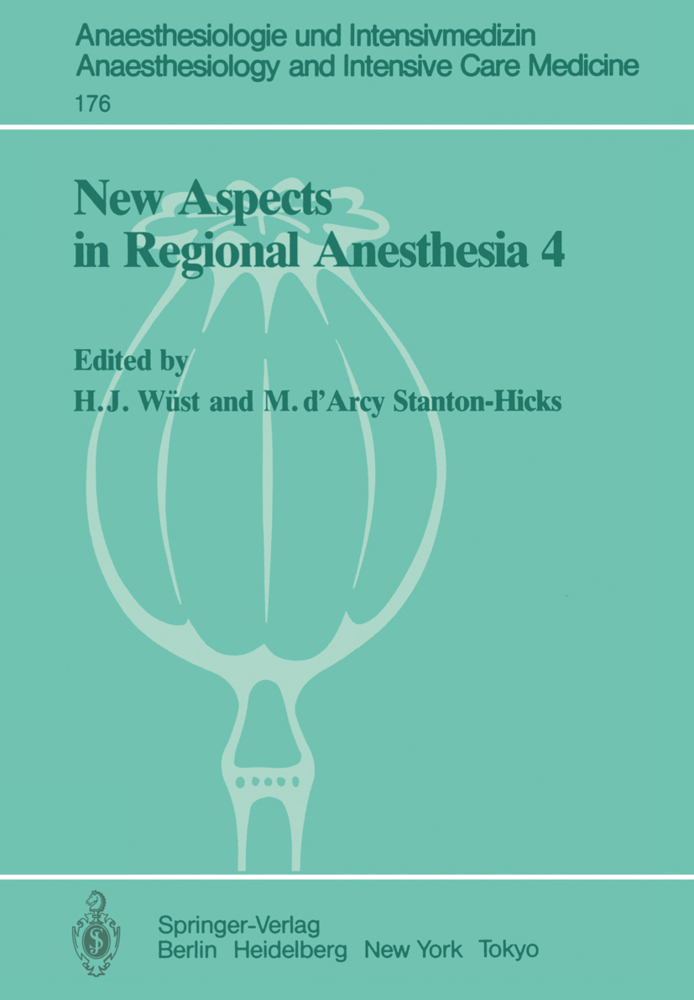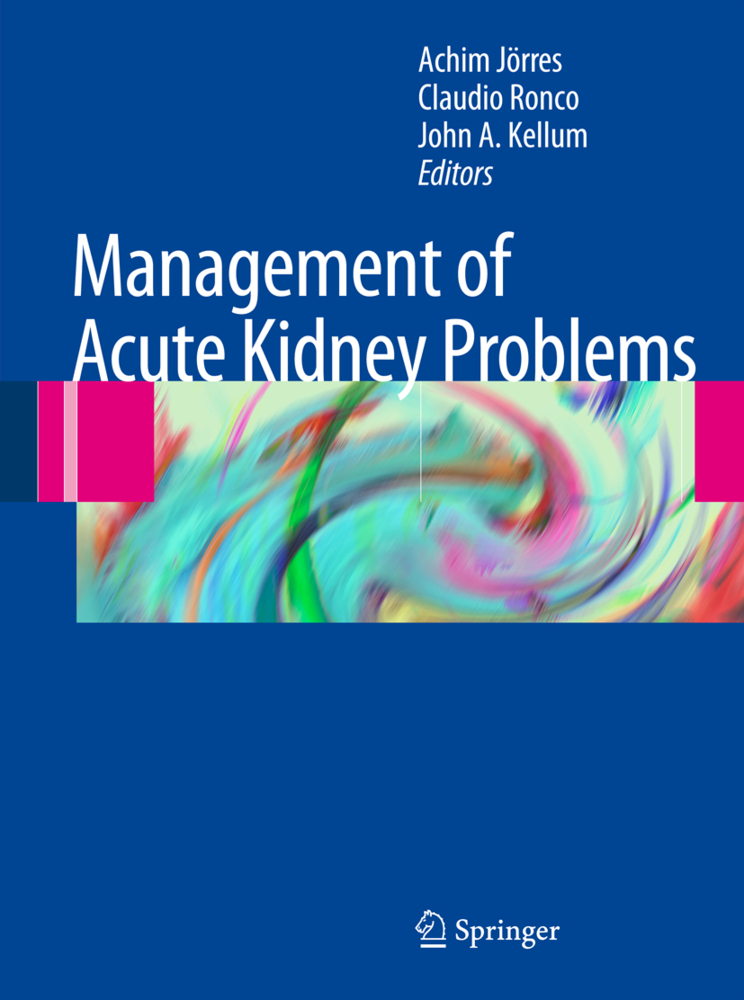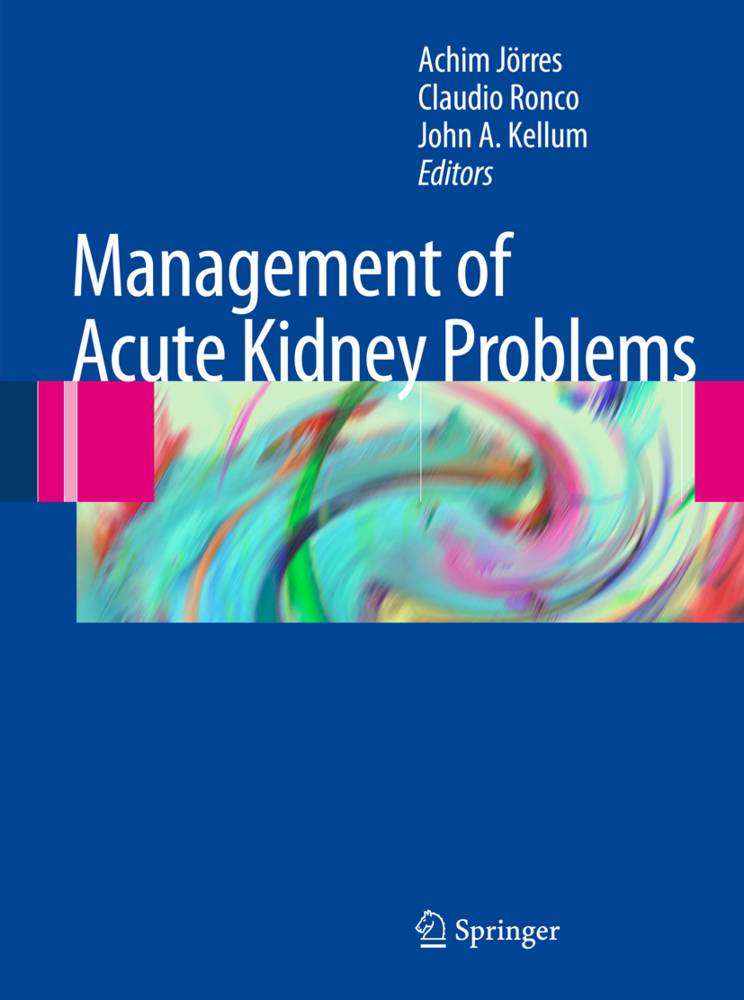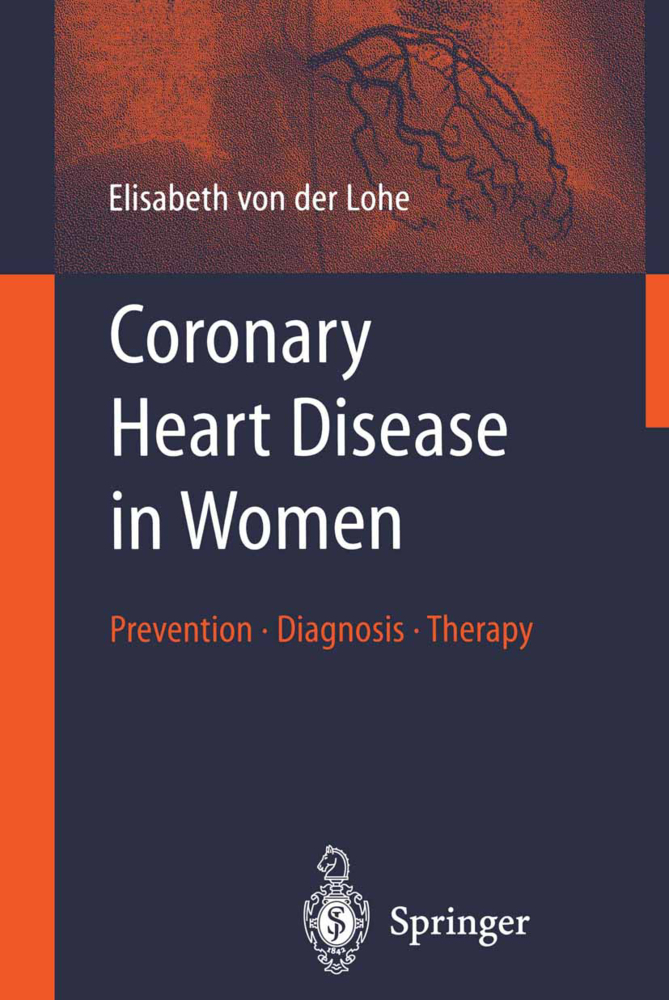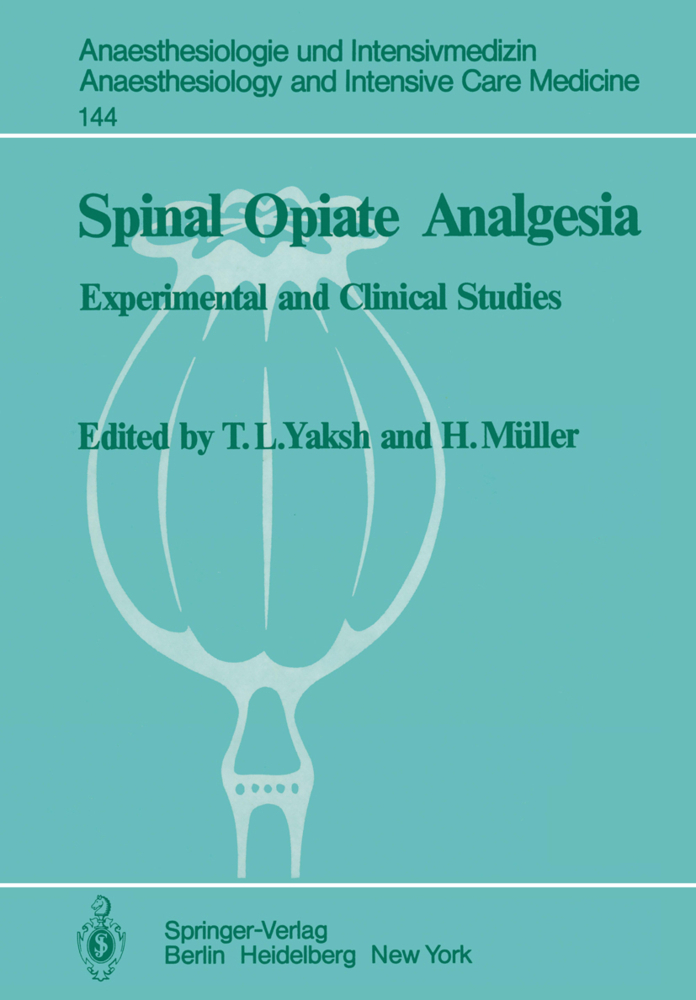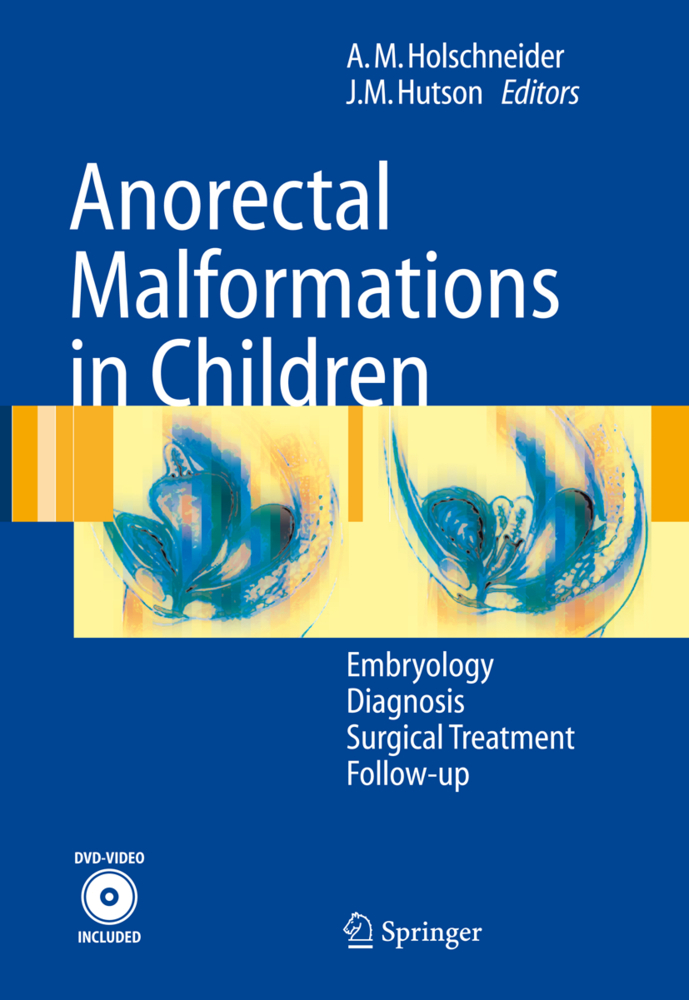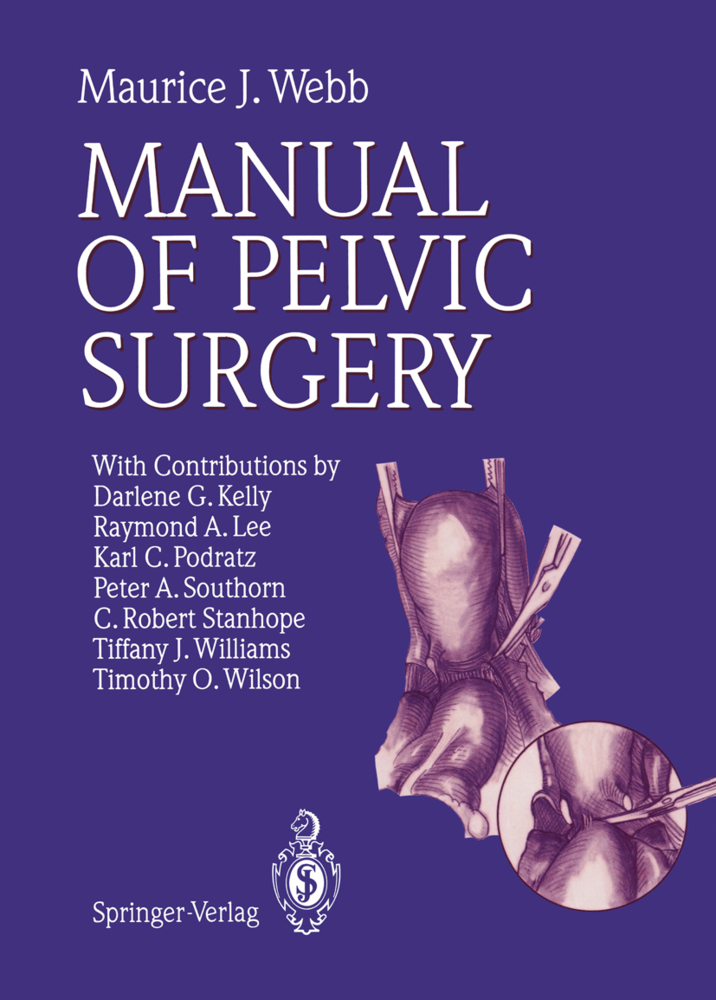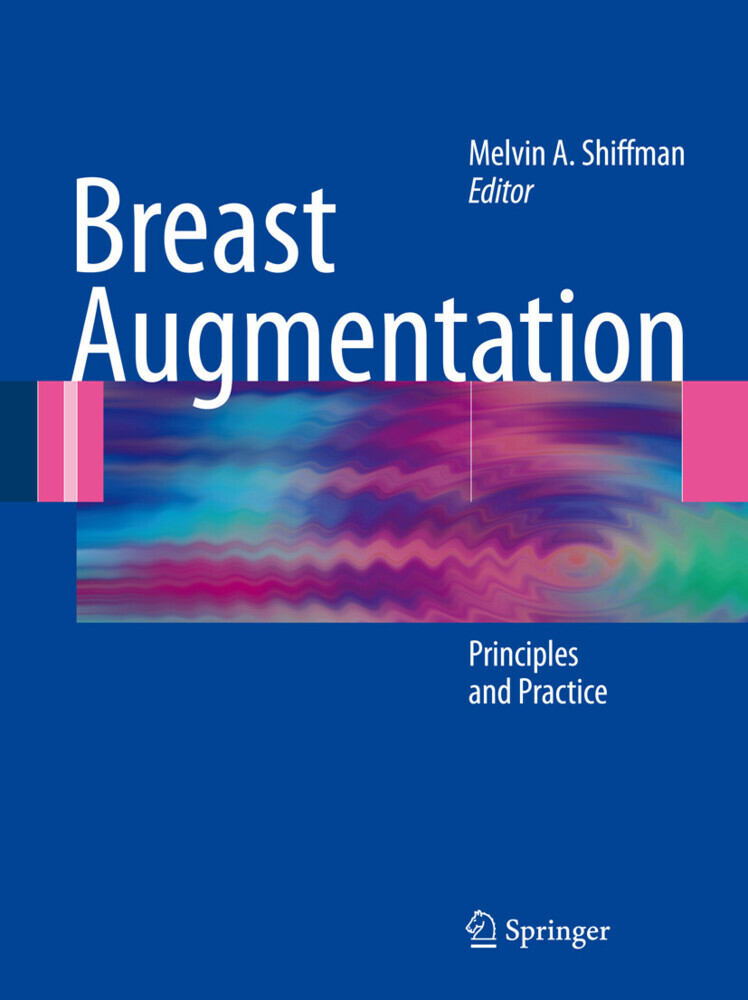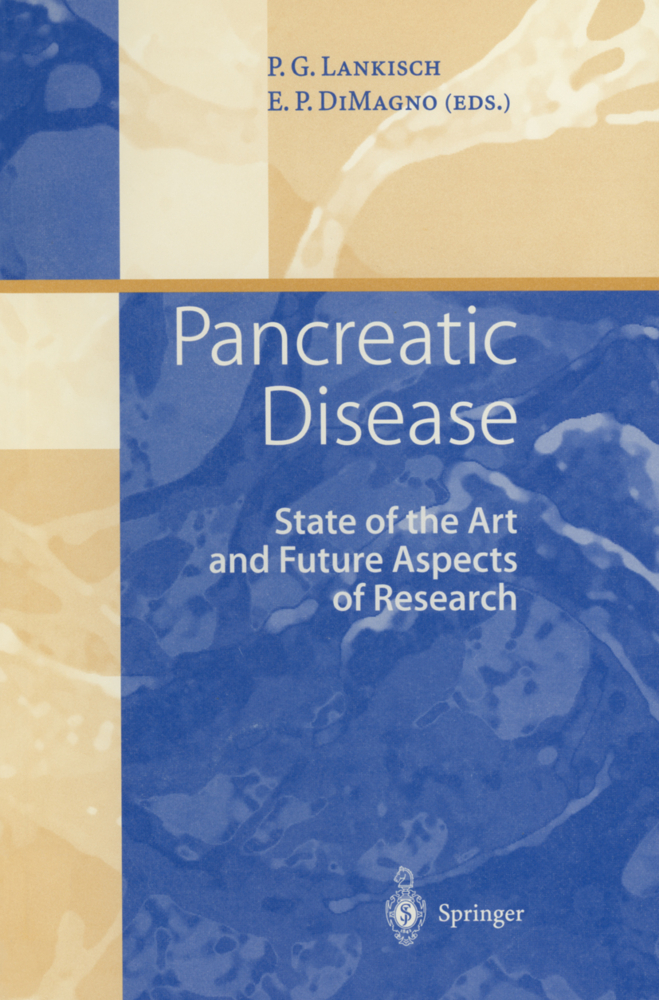New Aspects in Regional Anesthesia 4
Major Conduction Block: Tachyphylaxis, Hypotension, and Opiates
New Aspects in Regional Anesthesia 4
Major Conduction Block: Tachyphylaxis, Hypotension, and Opiates
Major conduction blocks utilizing local anesthetics or opiates are find ing ever increasing applications in daily routine. However, two serious drawbacks are associated with their use: hypotension during surgery and the development of tolerance in long-term epidural analgesia. When opiates are injected epidurally or intrathecally, numerous side effects such as itching, nausea and vomiting, or respiratory depression have been reported. The pathophysiology of complications arising during a major conduction block and measures to prevent them were discussed by 19 experts at the 4th International Symposium at DUsseldorf. This volume contains 21 papers presented on three topics: 1. tachyphylaxis in long-term epidural anesthesia, 2. hypotension due to epidural and spinal anesthesia, and 3. effects and dangers of epidural and intrathecal opiates. With regard to the safety of our patients during anesthesia, current practices of preventing complications were evaluated, and preliminary guidelines for a more rational approach toward prevention and treat ment based on a knowledge of pathophysiologic mechanisms were developed. It is our hope that the anesthesiologist will profit from the discussion of regional anesthesia contained in this volume, many aspects of which have never before been presented in such detail.
No Tachyphylaxis with Prolonged, Continuous Bupivacaine
Tachyphylaxis and Local Anesthetics
Clinical Observations of Tachyphylaxis During Long-Term Epidural Analgesia
Experimental Tachyphylaxis: Development of a Continuous Epidural Dog Model
Pharmacologic Regulation of Local Anesthetic Conduction Block by Cyclic AMP
Panel Discussion: Tachyphylaxis and Local Anesthetics
II Hypotension Induced by Major Conduction Blocks
Pathophysiology of Hypotension Induced by Spinal/Epidural Analgesia
Vasovagal Syncope and Spinal Anesthesia: A Psychophysiologic Phenomenon
Direct Vascular Effects of Some Local Anesthetics: A Mechanical and Electrophysiological Study
Subarachnoid Block Spares Visceral Blood Flow and Drug Elimination Capacity
Severe Hypotension and Major Conduction Anesthesia
Hemodynamic Effects of Different Vasopressors (Etilefrine, Norfenefrine, Akrinor, Amezinium Metilsulfate) During Hypotension Caused by Epidural Anesthesia
Blood Volume Distribution Under the Influence of Dihydroergotamine (Dihydergot) and Etilefrine Hydrochloride (Effortil) During Epidural Anesthesia
Hemodynamic Effects and Mechanism of Action of Dihydroergotamine in Epidural Anesthesia
Panel Discussion: Hypotension Associated with Local Anesthetics
III Epidural and Intrathecal Opioids in Acute and Chronic Pain Treatment
Epidural Opioids in Postoperative Pain Treatment
Potentiation of Opiates Administered by the Intraventricular Route
Influence of Epidural Opiates on Postoperative Morbidity and Endocrine-Metabolic Changes
Experimental Studies of Urodynamic and Respiratory Changes Following Epidural Morphine
Hyperbaric Intratheeal Morphine for Parturients with Toxemia
Epidural Lofentanil for Pain Relief in Labor
Epidural Opiate Analgesia Via Implantable, Continuous Low-Flow Pump for Cancer Pain.
I Tachyphylaxis in Long-Term Epidural Analgesia
Tachyphylaxis in Regional Anesthesia: Can we Reconcile Clinical Observations and Laboratory Measurements?No Tachyphylaxis with Prolonged, Continuous Bupivacaine
Tachyphylaxis and Local Anesthetics
Clinical Observations of Tachyphylaxis During Long-Term Epidural Analgesia
Experimental Tachyphylaxis: Development of a Continuous Epidural Dog Model
Pharmacologic Regulation of Local Anesthetic Conduction Block by Cyclic AMP
Panel Discussion: Tachyphylaxis and Local Anesthetics
II Hypotension Induced by Major Conduction Blocks
Pathophysiology of Hypotension Induced by Spinal/Epidural Analgesia
Vasovagal Syncope and Spinal Anesthesia: A Psychophysiologic Phenomenon
Direct Vascular Effects of Some Local Anesthetics: A Mechanical and Electrophysiological Study
Subarachnoid Block Spares Visceral Blood Flow and Drug Elimination Capacity
Severe Hypotension and Major Conduction Anesthesia
Hemodynamic Effects of Different Vasopressors (Etilefrine, Norfenefrine, Akrinor, Amezinium Metilsulfate) During Hypotension Caused by Epidural Anesthesia
Blood Volume Distribution Under the Influence of Dihydroergotamine (Dihydergot) and Etilefrine Hydrochloride (Effortil) During Epidural Anesthesia
Hemodynamic Effects and Mechanism of Action of Dihydroergotamine in Epidural Anesthesia
Panel Discussion: Hypotension Associated with Local Anesthetics
III Epidural and Intrathecal Opioids in Acute and Chronic Pain Treatment
Epidural Opioids in Postoperative Pain Treatment
Potentiation of Opiates Administered by the Intraventricular Route
Influence of Epidural Opiates on Postoperative Morbidity and Endocrine-Metabolic Changes
Experimental Studies of Urodynamic and Respiratory Changes Following Epidural Morphine
Hyperbaric Intratheeal Morphine for Parturients with Toxemia
Epidural Lofentanil for Pain Relief in Labor
Epidural Opiate Analgesia Via Implantable, Continuous Low-Flow Pump for Cancer Pain.
Wüst, Hans J.
D'Arcy Stanton-Hicks, Michael
| ISBN | 978-3-540-15938-4 |
|---|---|
| Artikelnummer | 9783540159384 |
| Medientyp | Buch |
| Copyrightjahr | 1986 |
| Verlag | Springer, Berlin |
| Umfang | XVI, 166 Seiten |
| Abbildungen | XVI, 166 p. 15 illus. |
| Sprache | Englisch |

